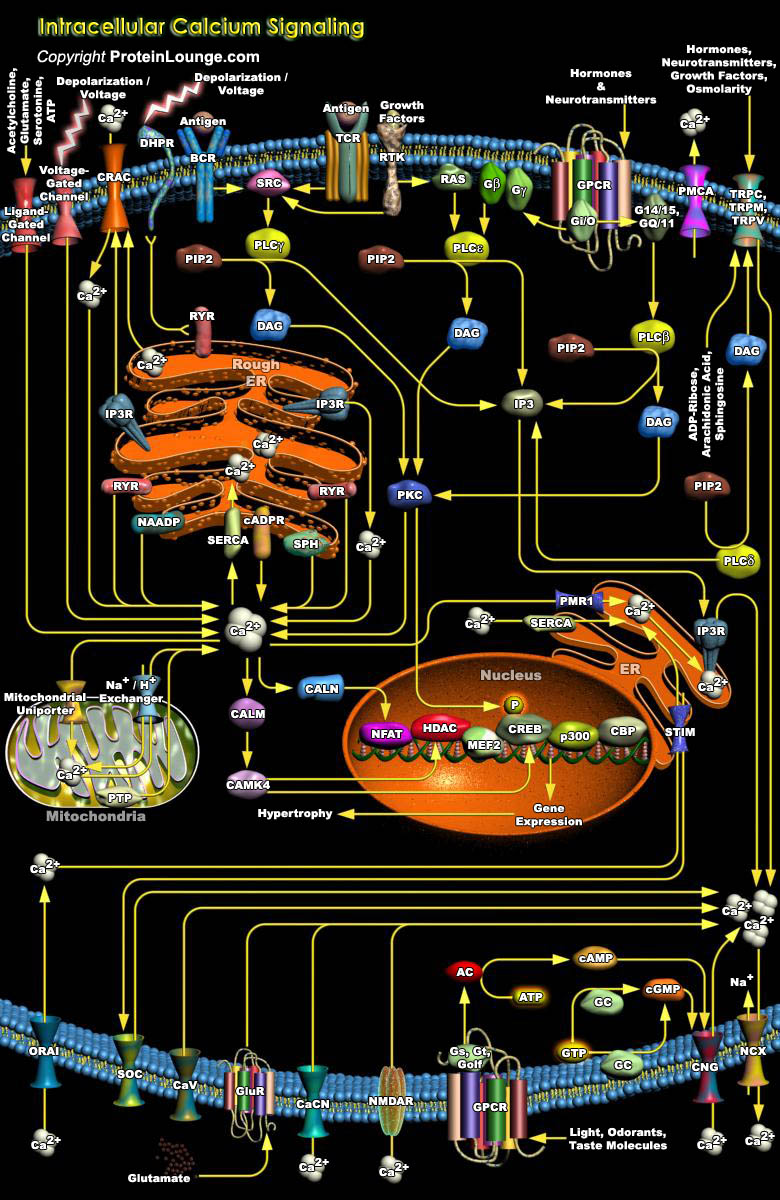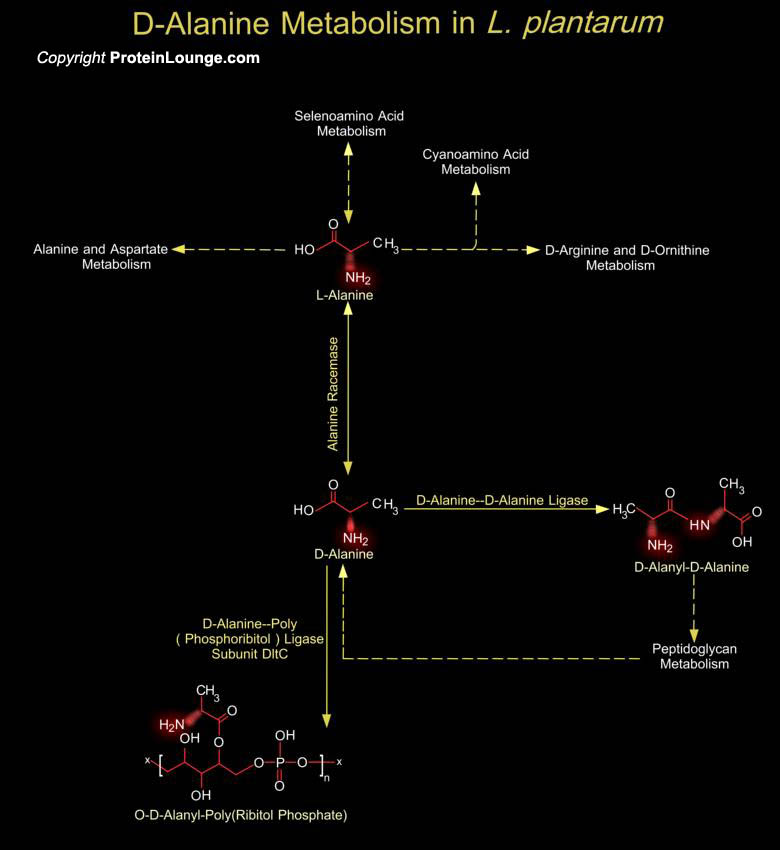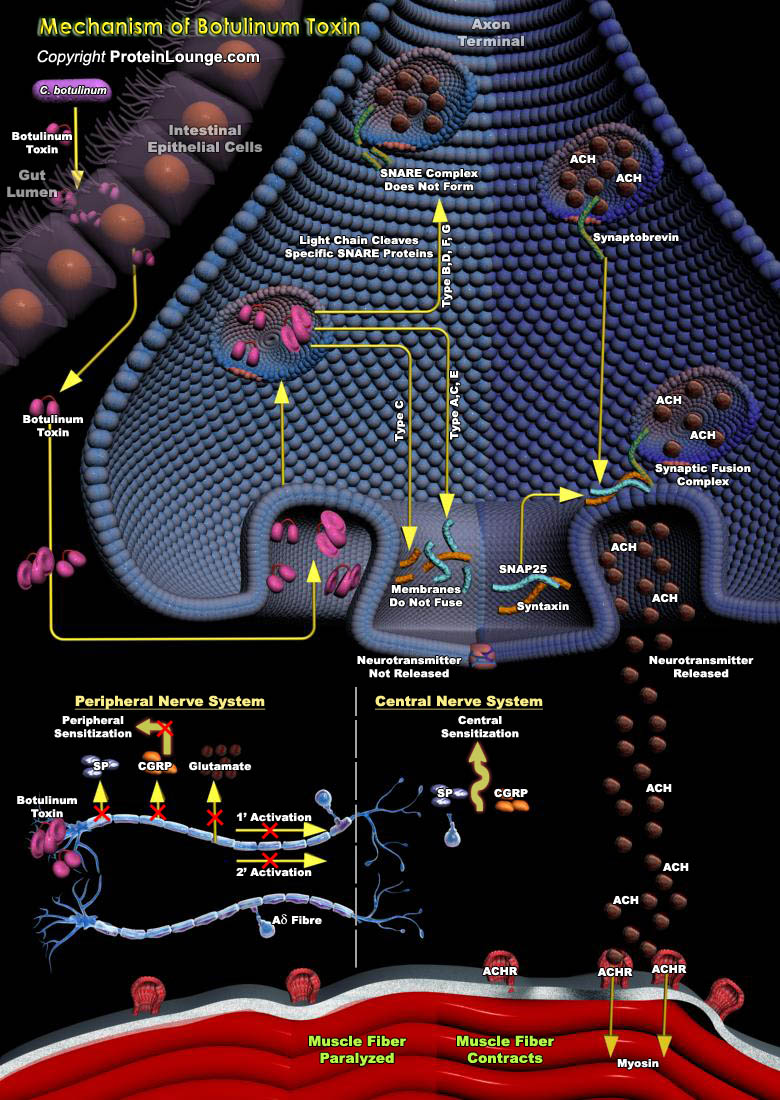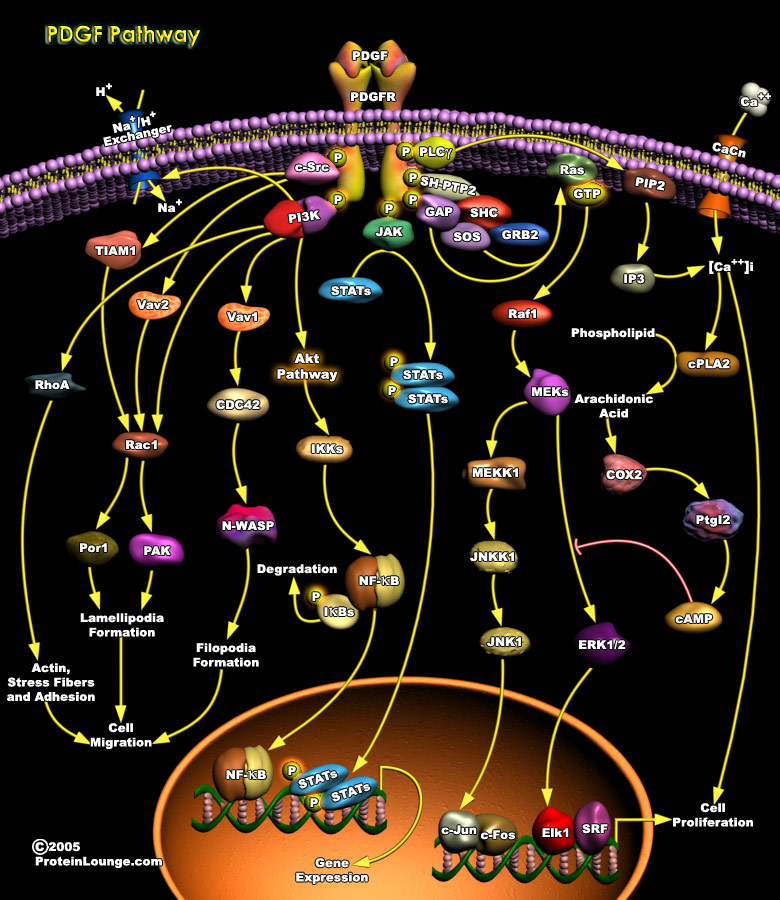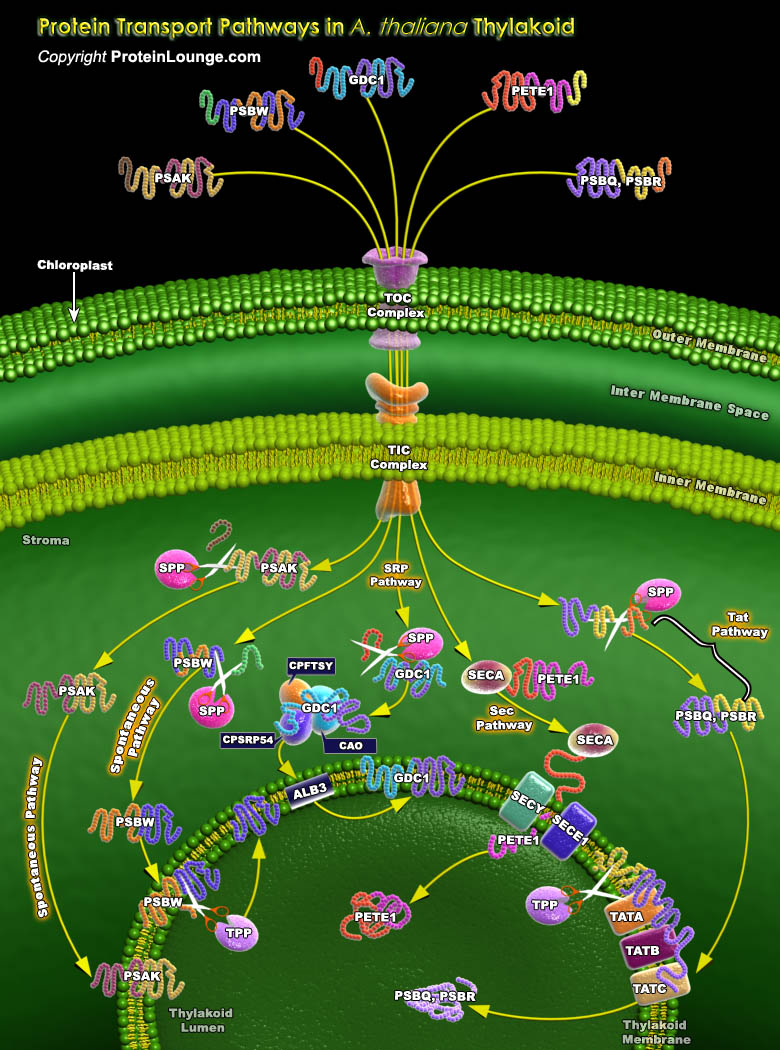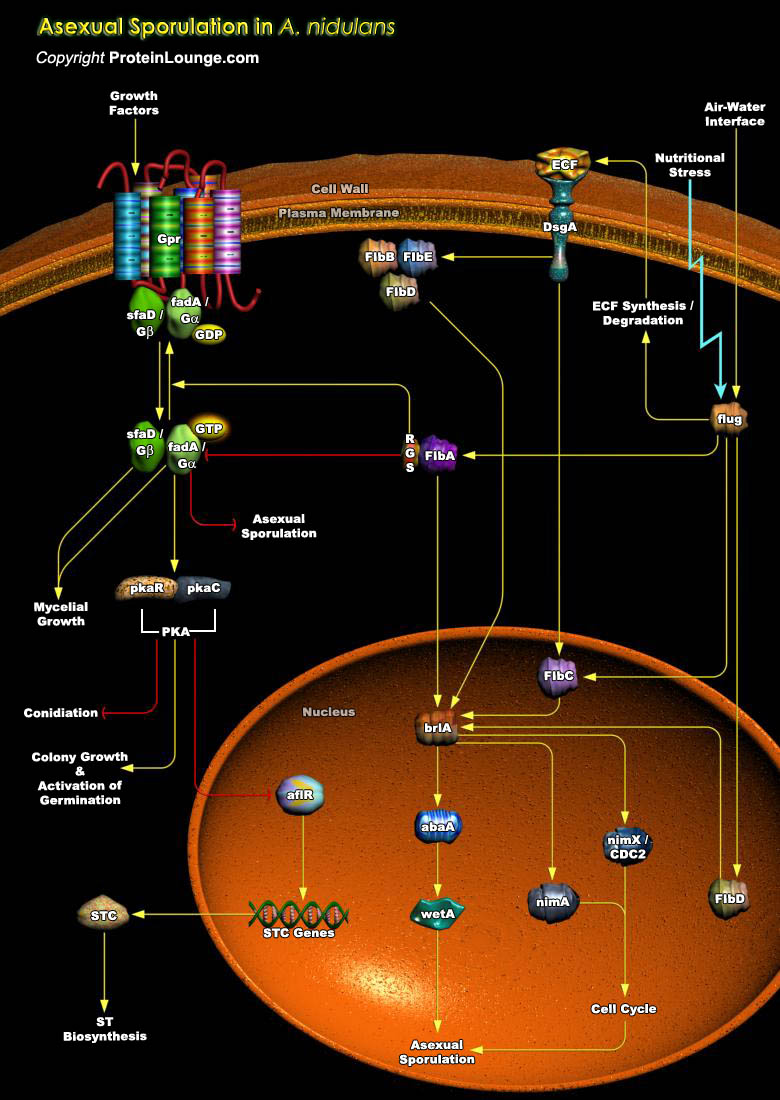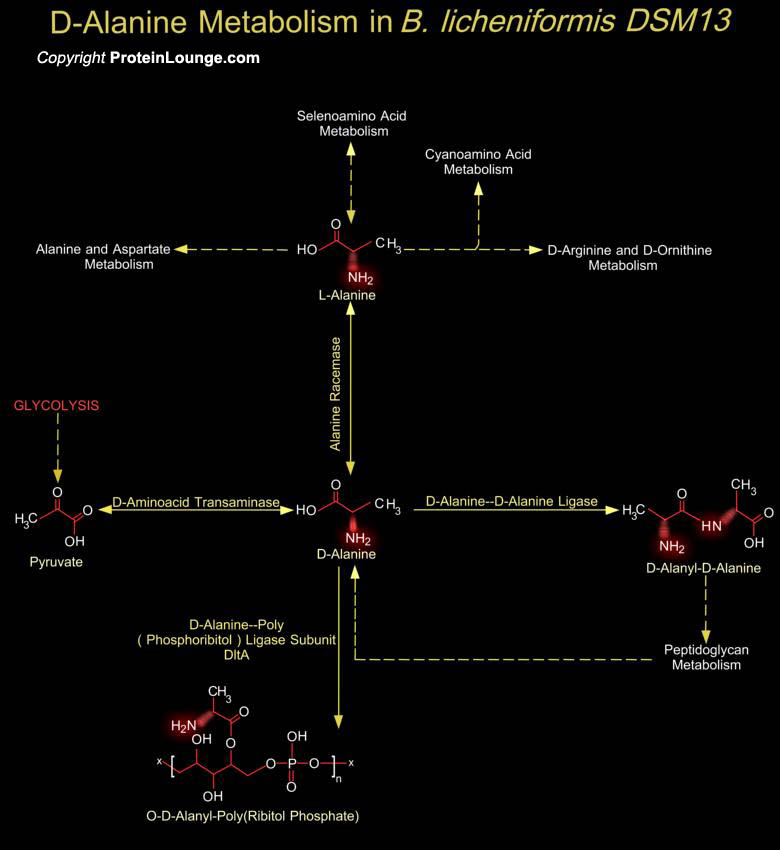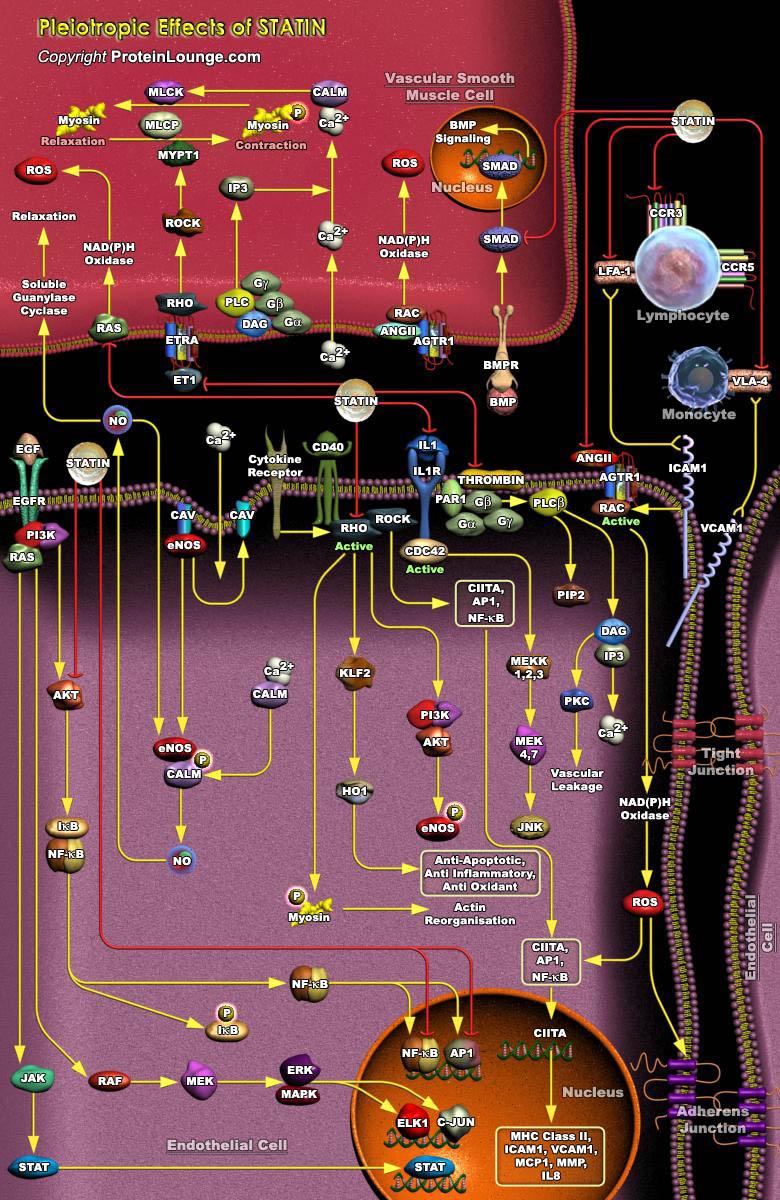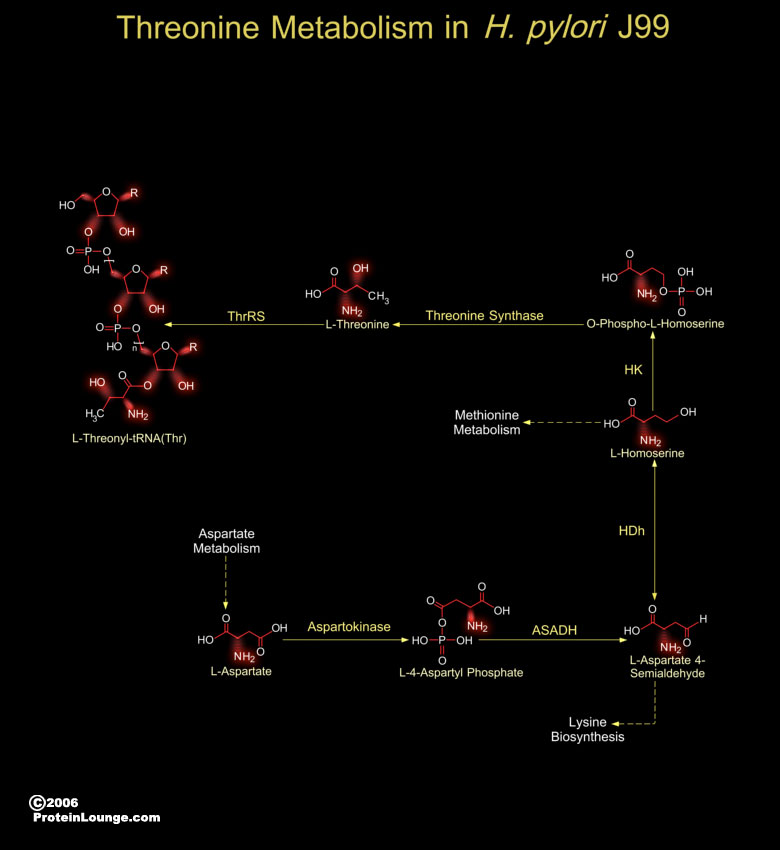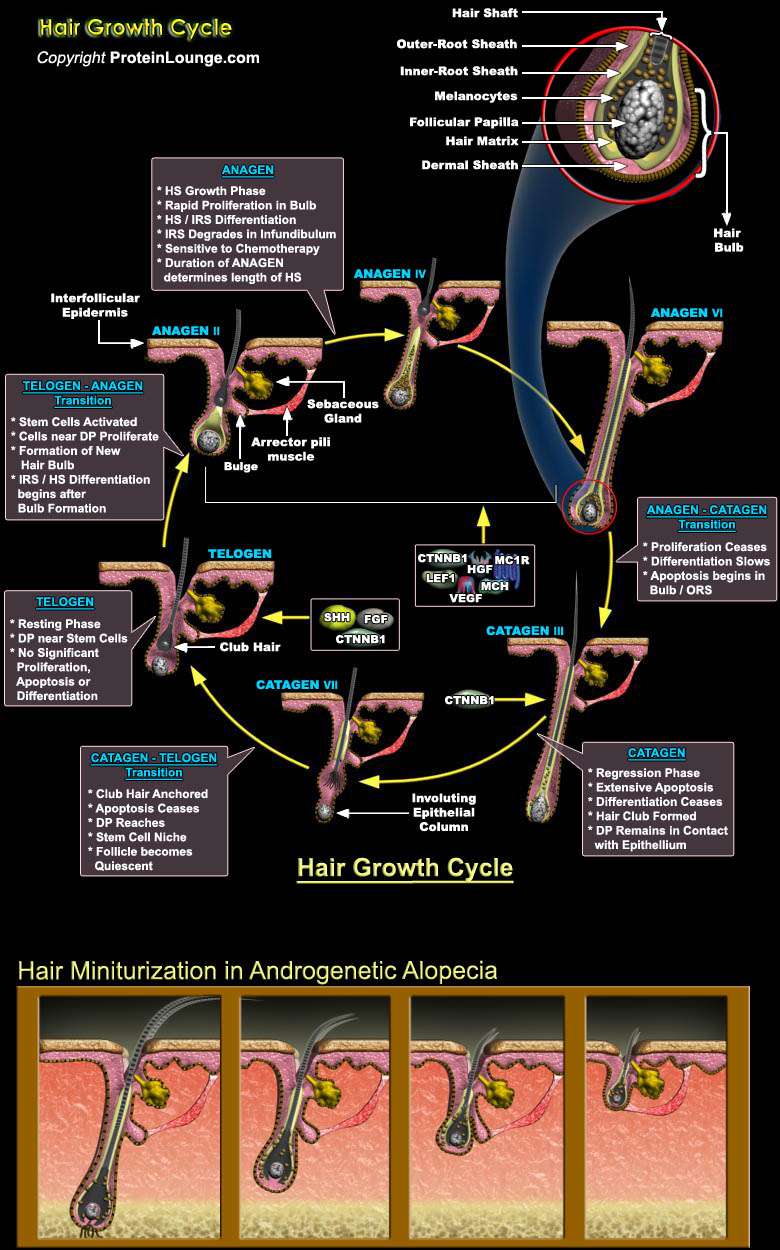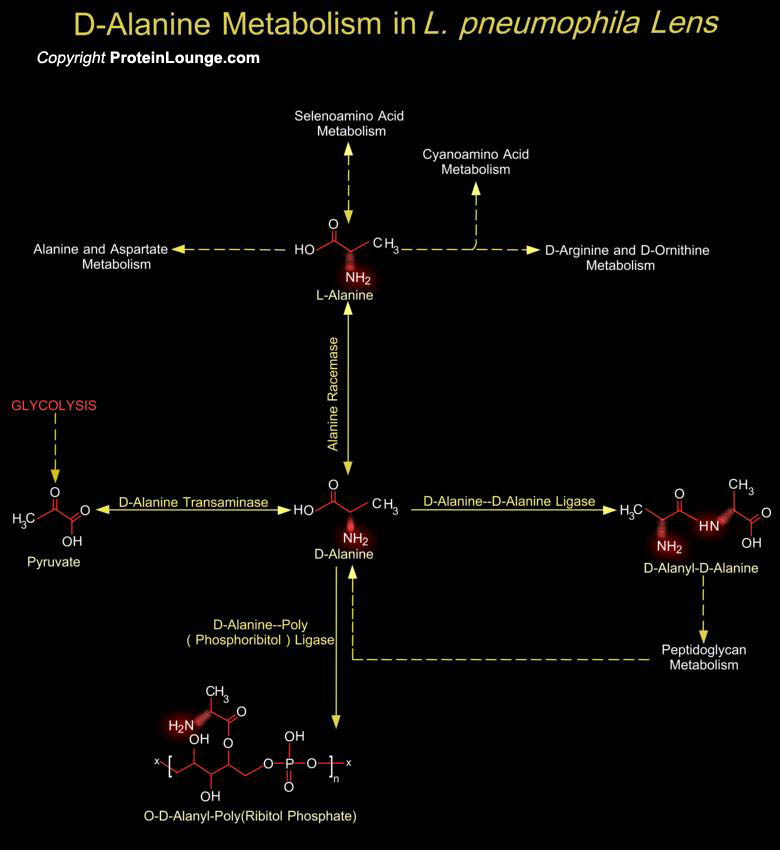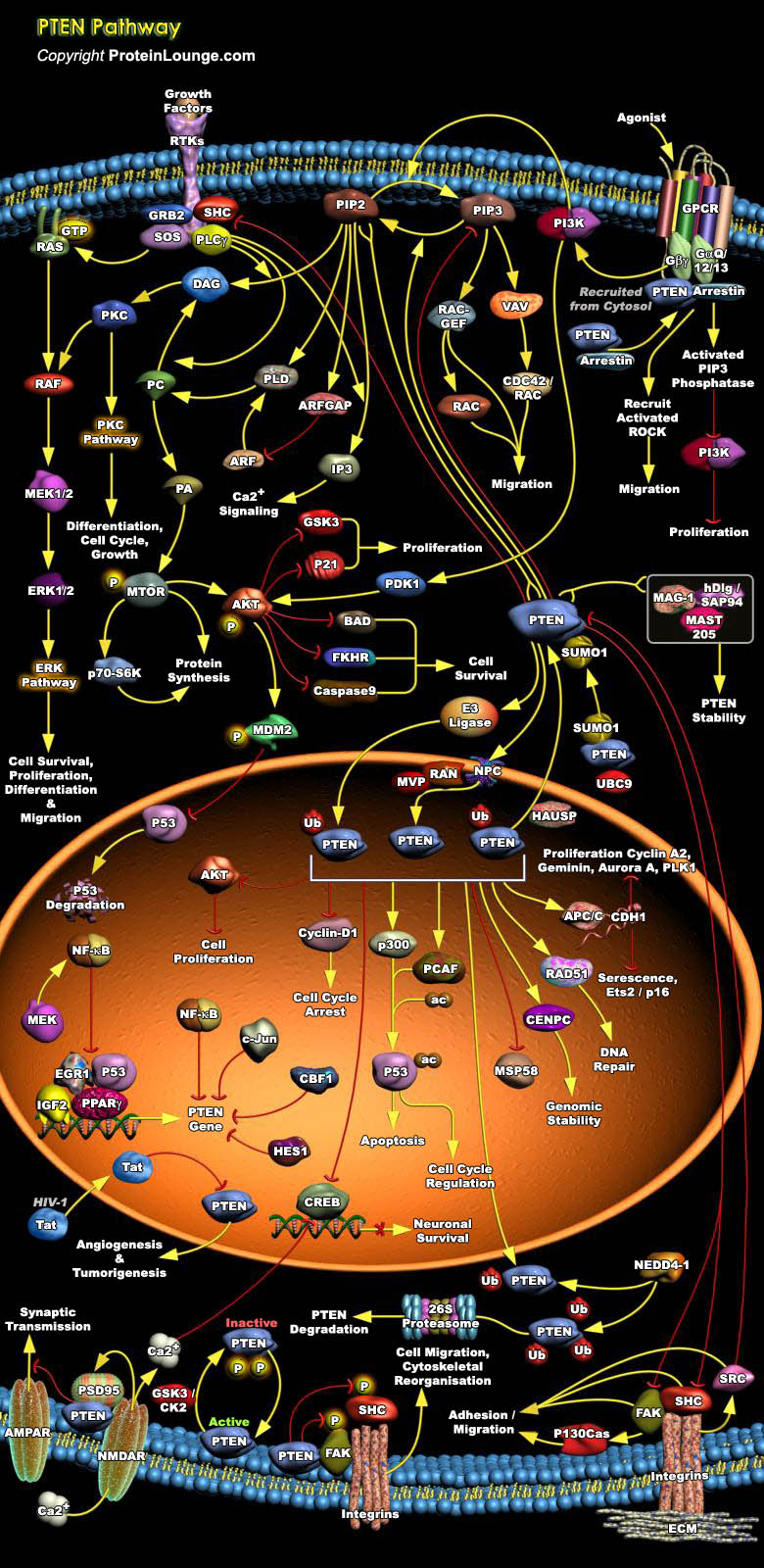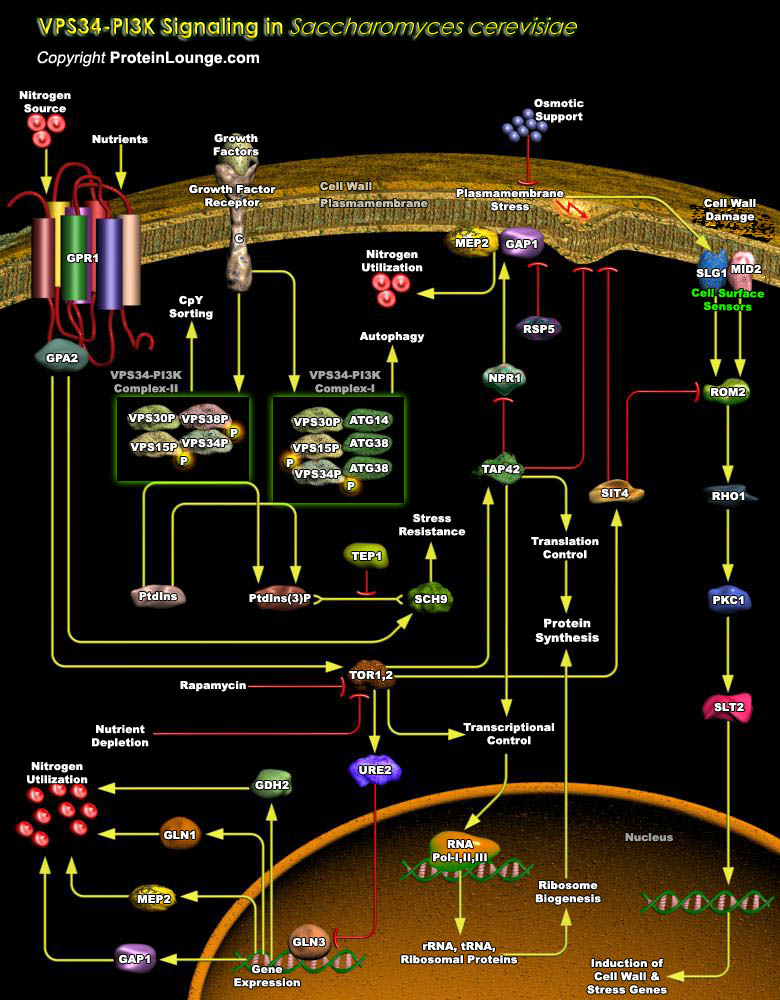Featured Pathways
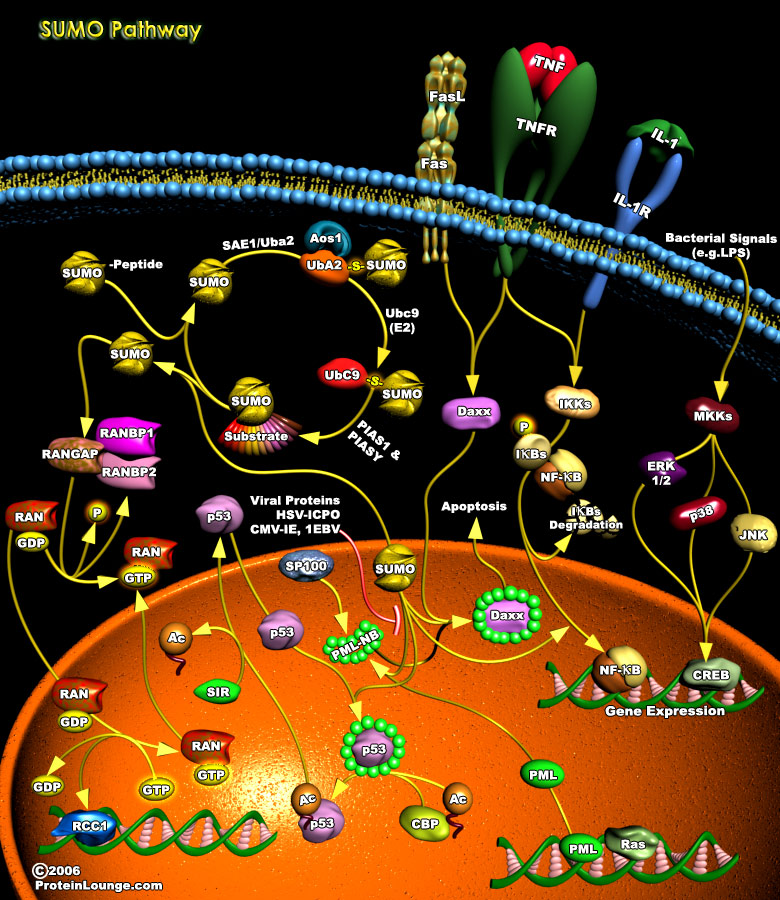
Covalent modifications of proteins, such as phosphorylation, acetylation and ubiquitylation, play an important role in most cellular processes because they can cause rapid changes in the activities of pre-existing proteins. This type of mechanism for regulating protein function is especially crucial in signal transduction pathways and in cell cycle. Posttranslational modifications (PTMs) by[..]
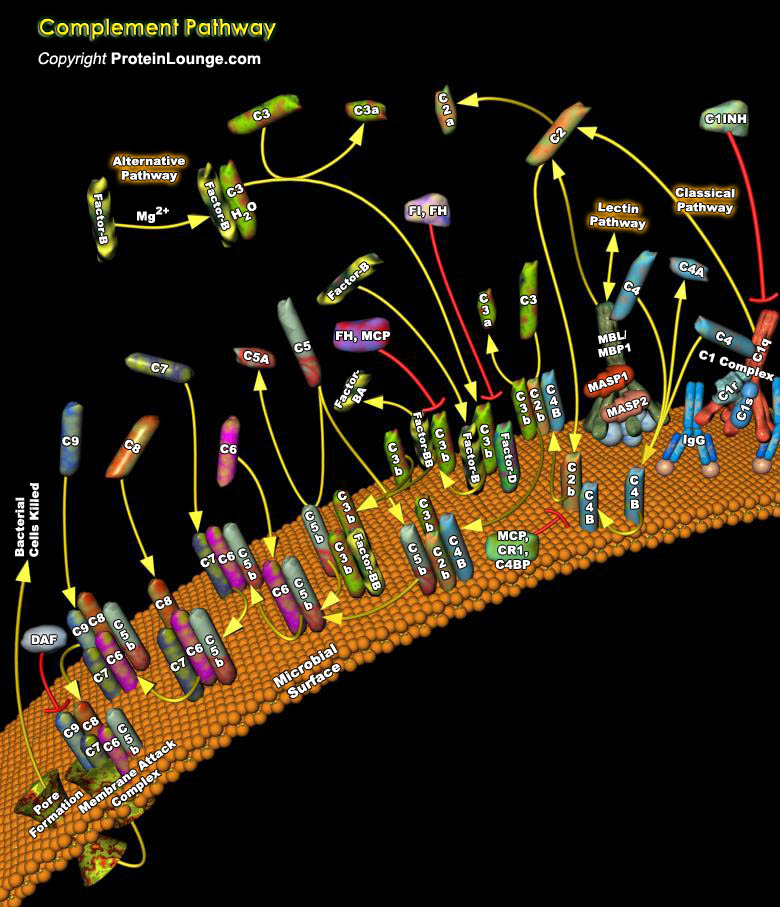
The C (Complement) system consists of about twenty plasma proteins that function either as enzymes or as binding proteins. In addition to these plasma proteins, the complement system includes multiple distinct cell-surface receptors that exhibit specificity for the physiological fragments of complement proteins and that occur on inflammatory cells and cells of the immune system. Activation of the[..]
 Pathway.jpg)
Nuclear factor-kappaB (NF-kappaB) comprises a family of transcription factors that regulate the expression of genes encoding proteins and microRNAs (miRNA, miR) precursors and may regulate a variety of biological processes such as inflammation, immunity, cell proliferation, differentiation, survival, cancer development, and progression (Ref.1, 2 and 3). NF-kappaB is ubiquitously expressed and[..]
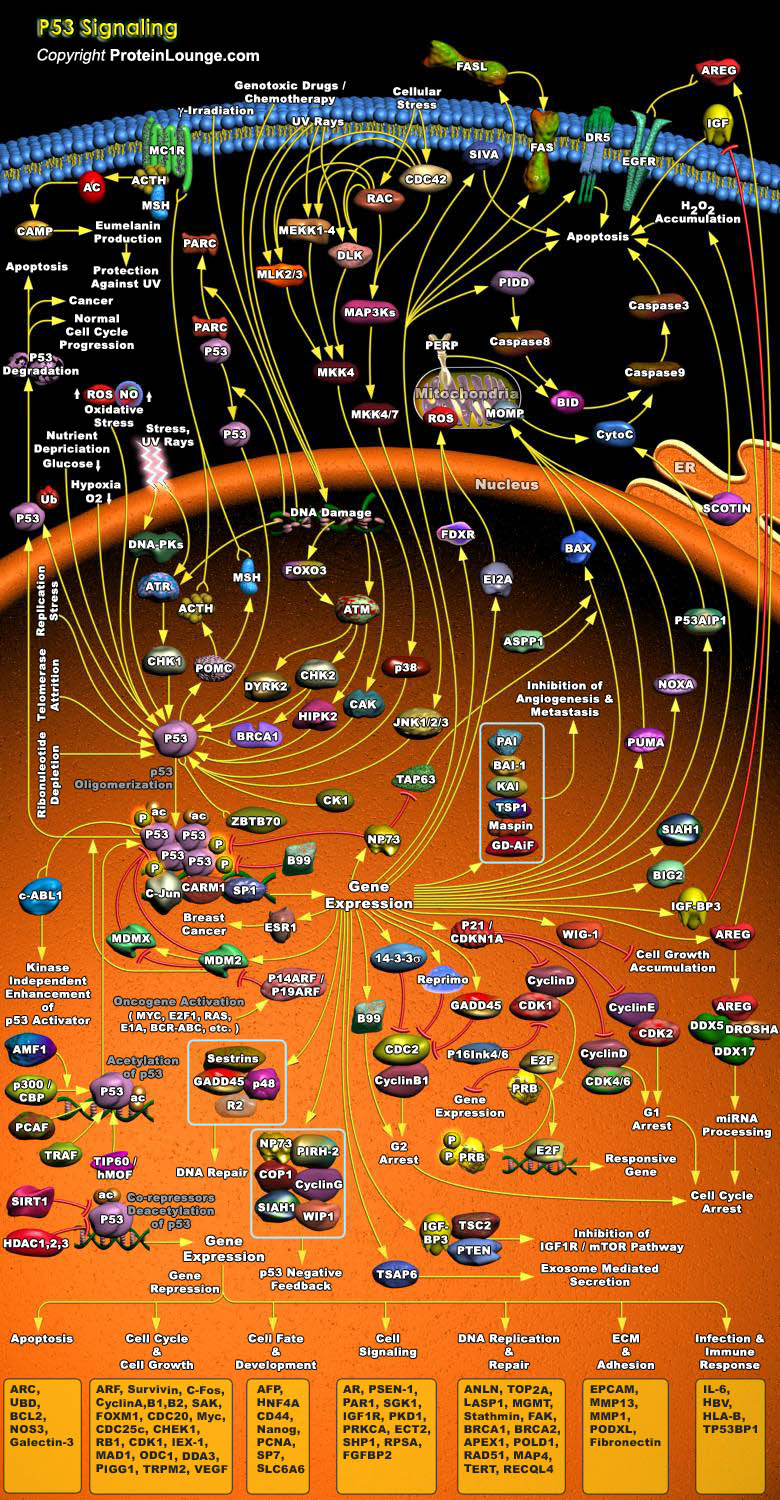
p53 is a tumour suppressor protein that regulates the expression of a wide variety of genes involved in Apoptosis, Growth arrest, Inhibition of cell cycle progression, Differentiation and accelerated DNA repair or Senescence in response to Genotoxic or Cellular Stress. As a transcription factor, p53 is composed of an N-terminal Activation Domain, a central specific DNA Binding Domain, and a[..]
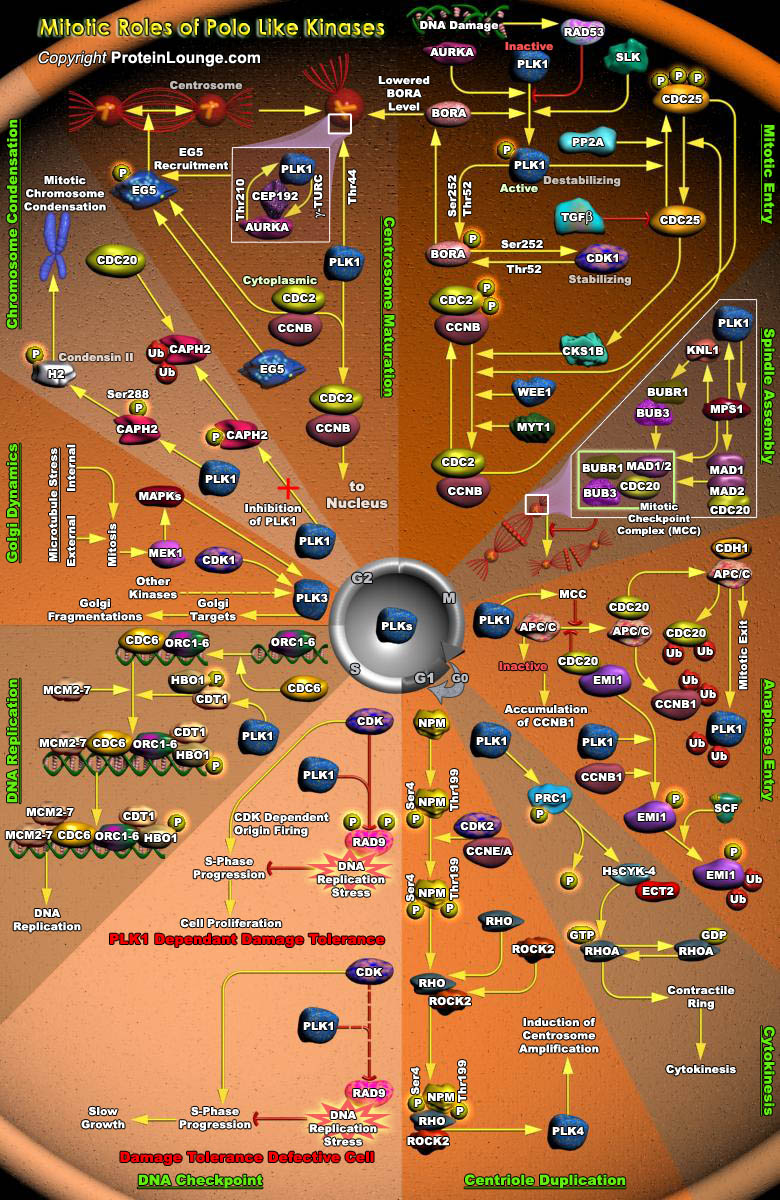
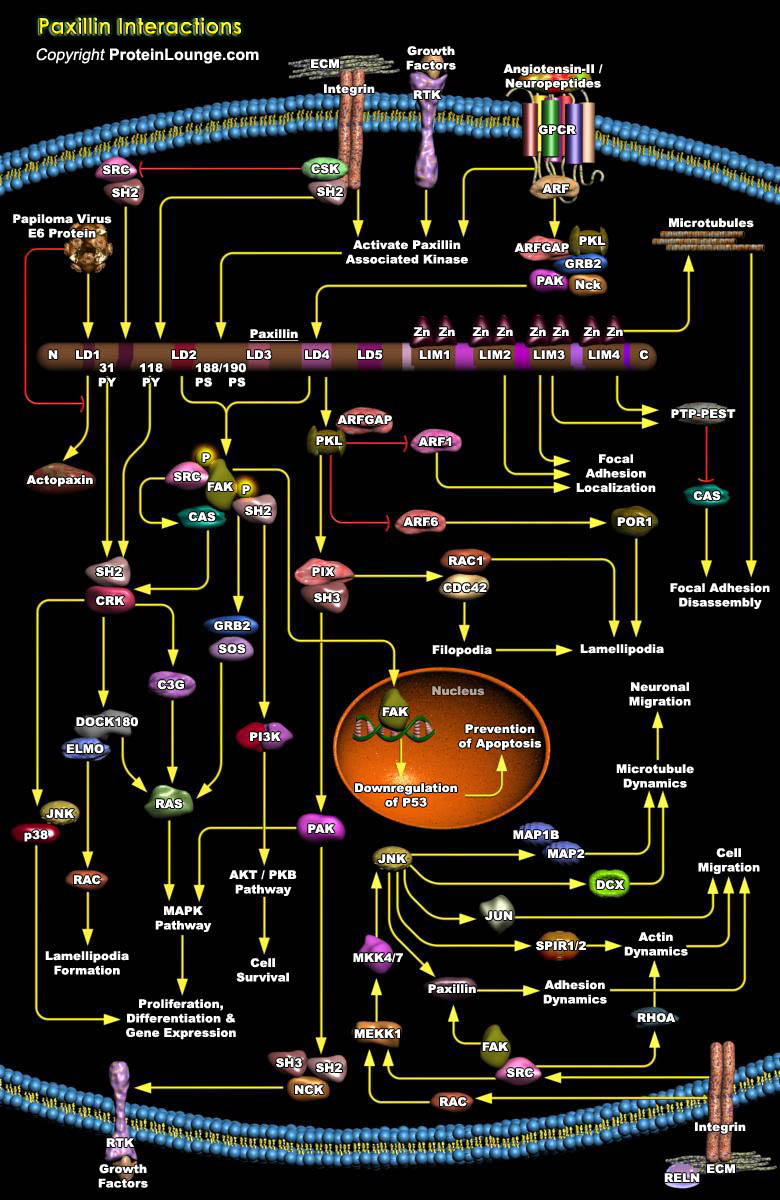
Signals that derive from cell adhesion to the ECM (Extracellular Matrix) regulate important physiological events including cell motility and growth, and most often involve changes in the organization of the actin cytoskeleton. Cells interact with the ECM via transmembrane receptors, termed integrins, located at the cell surface. Binding of integrins to the ECM is accompanied by a localized[..]
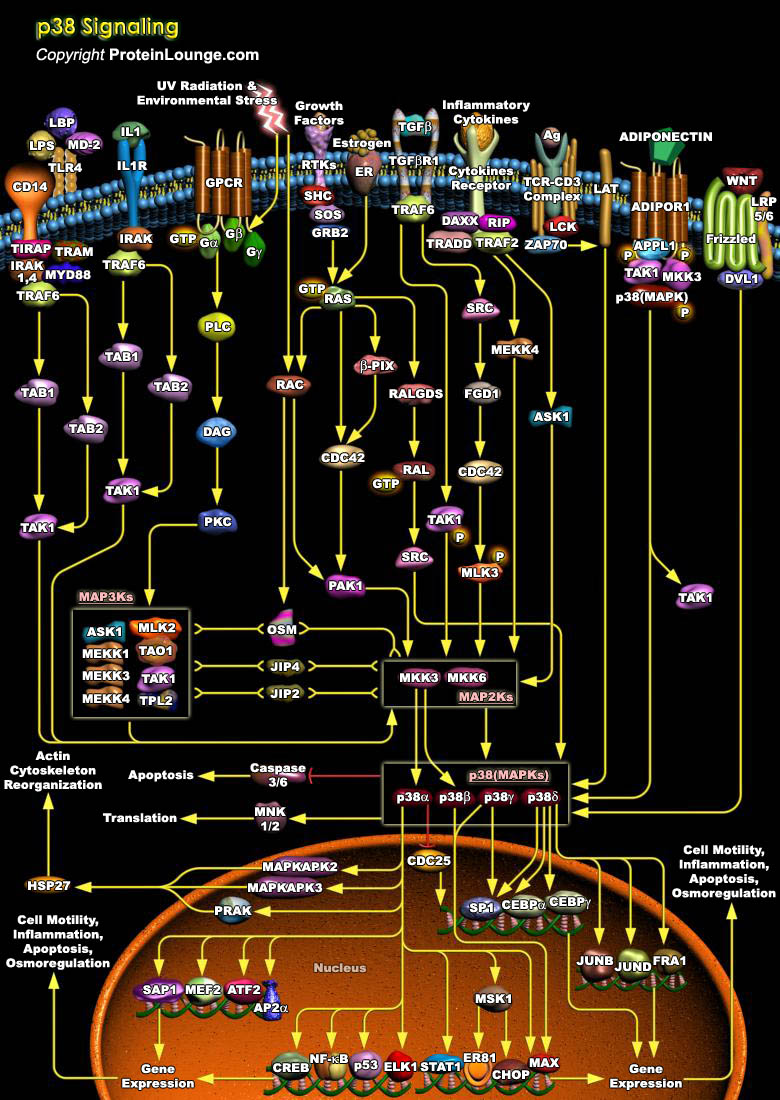
P38s are a class of mitogen-activated protein kinases(MAPKs) are involved in cell differentiation, apoptosis and autophagy MAPKs are a family of Serine/threonine kinases that comprise 3 major subgroups, namely, ERK (Extracellular signal–Regulated Kinase), p38 MAPK and JNK (c-Jun N-terminal Kinases). Despite[..]
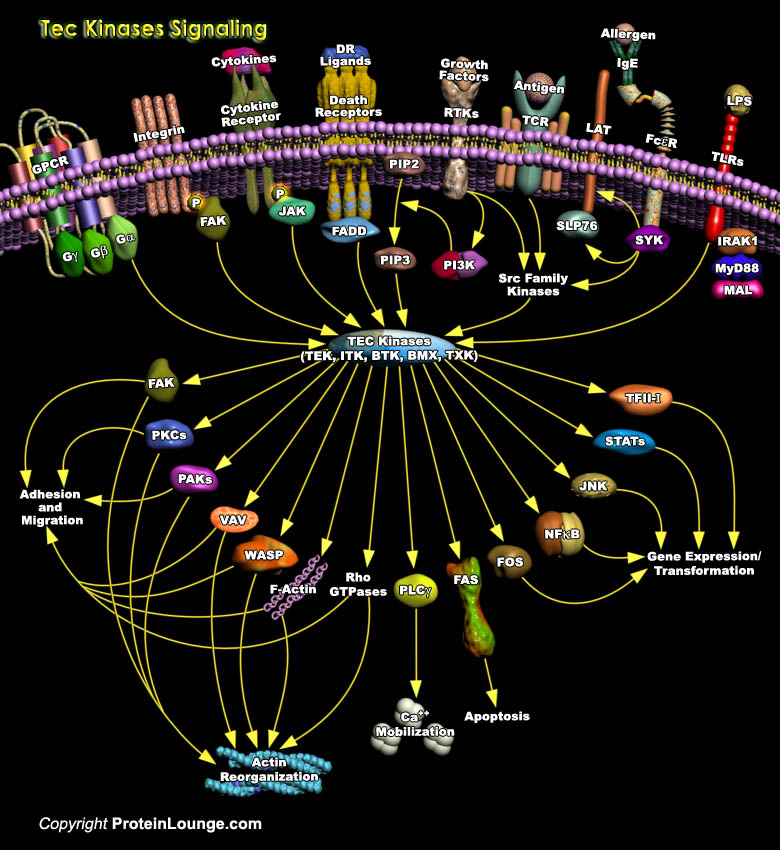
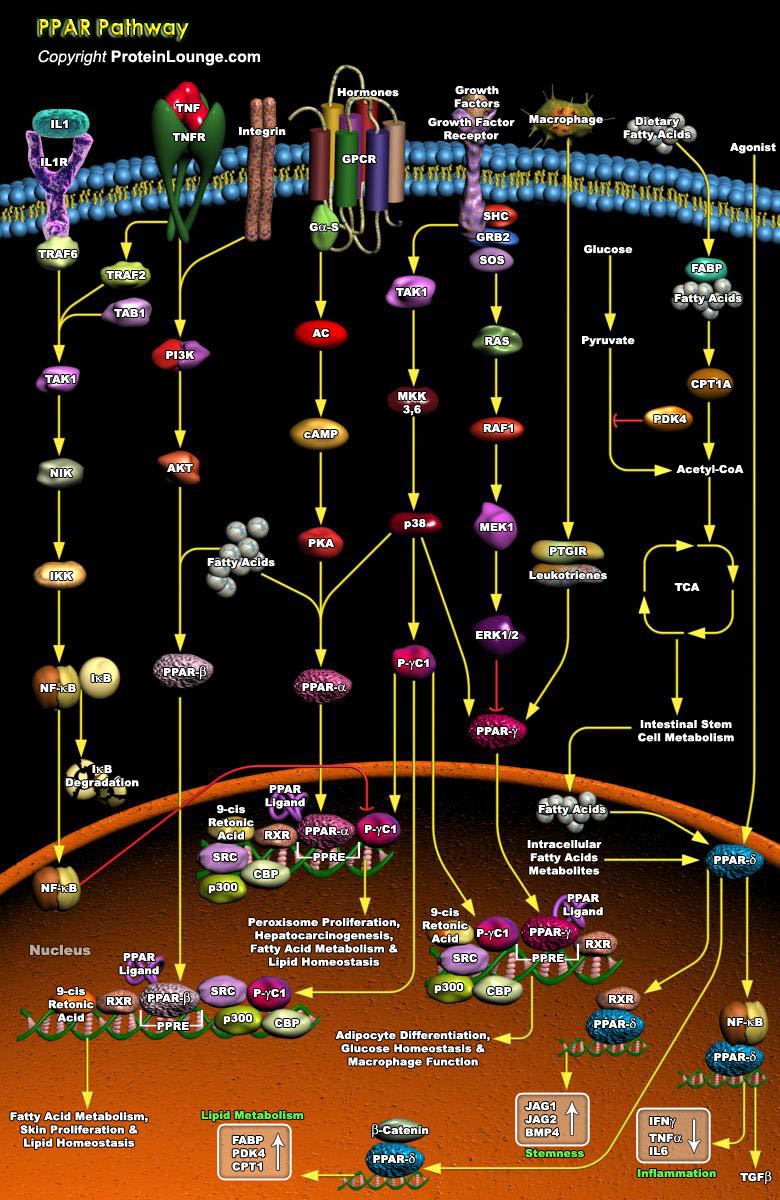
Nuclear hormone receptors are transcription factors that bind DNA and regulate transcription in a ligand-dependent manner. PPARs (Peroxisome Proliferator-Activated Receptors) are ligand-inducible transcription factors that belong to the nuclear hormone receptor superfamily, together with the receptors for thyroid hormone, retinoids, steroid hormones and vitamin D that act as ligand-activated[..]
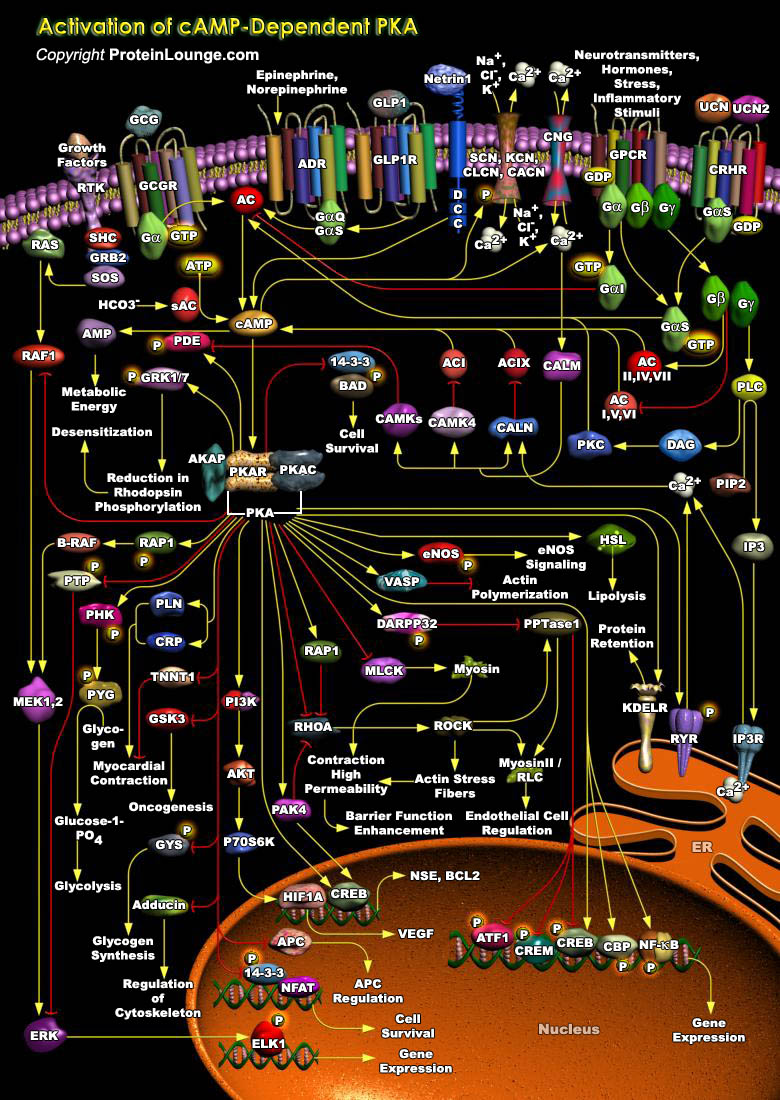
cAMP (Cyclic 3', 5'-Adenosine Monophosphate)-dependent Protein Kinase, commonly known as PKA (Protein Kinase-A), is a second messenger-dependent enzyme that has been implicated in a wide range of cellular processes, including transcription, metabolism, cell cycle progression and apoptosis. Known modulators of PKA activity include factors that either activate or inhibit AC (Adenylate Cyclase),[..]
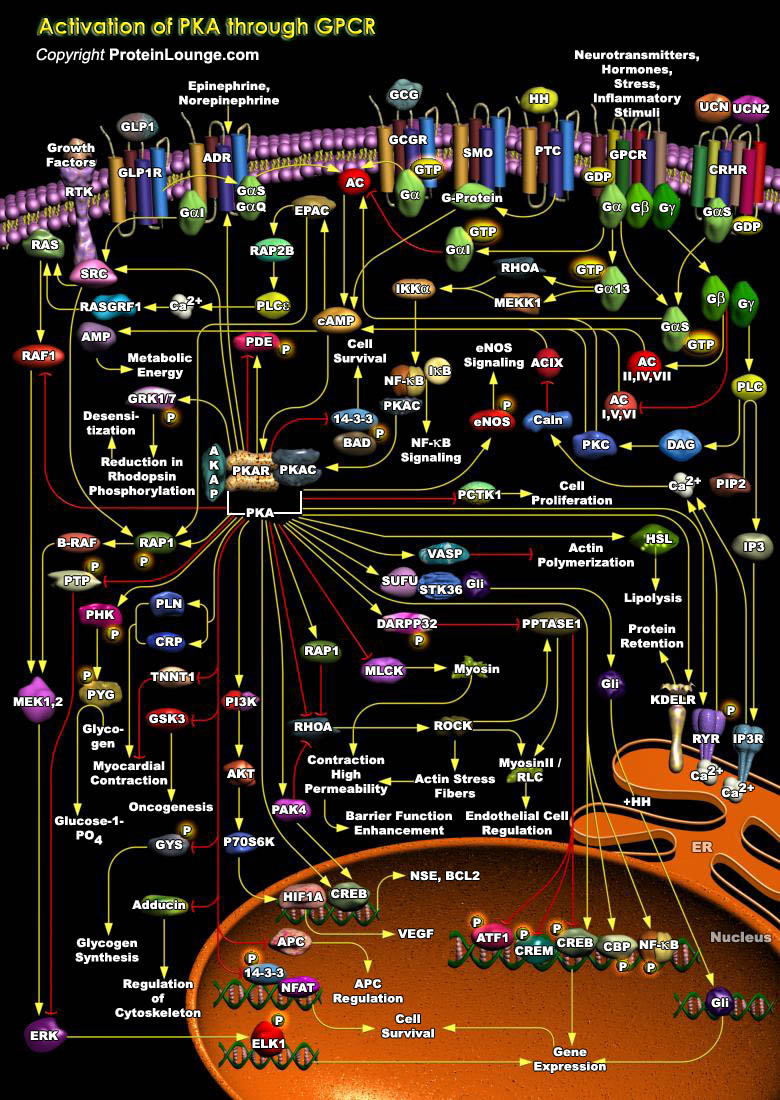
PKA (Protein Kinase-A) is a second messenger-dependent enzyme that has been implicated in a wide range of cellular processes, including transcription, metabolism, cell cycle progression and apoptosis. Known modulators of PKA activity include factors that either activate or inhibit AC (Adenylate Cyclase), resulting in an increase or decrease in cAMP (Cyclic Adenosine 3',5'-monophosphate) levels.[..]
